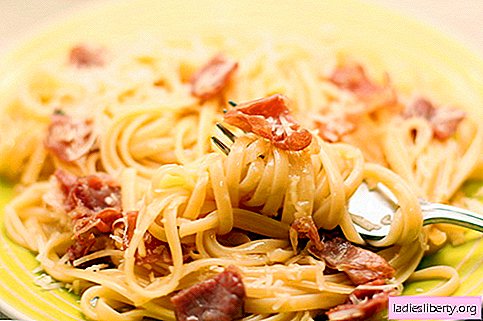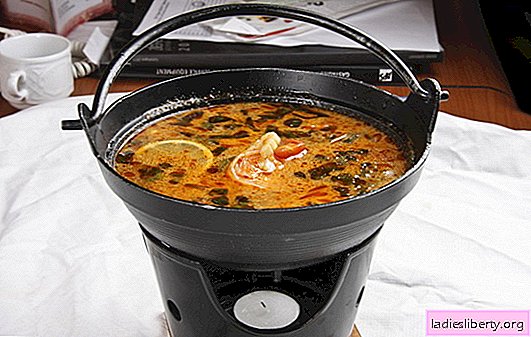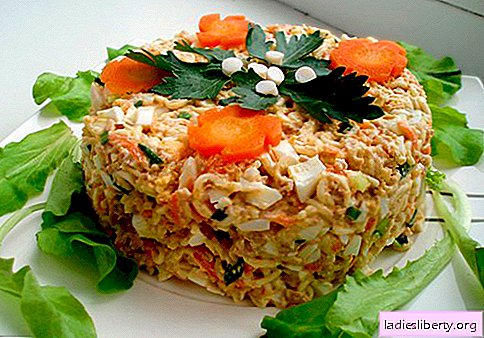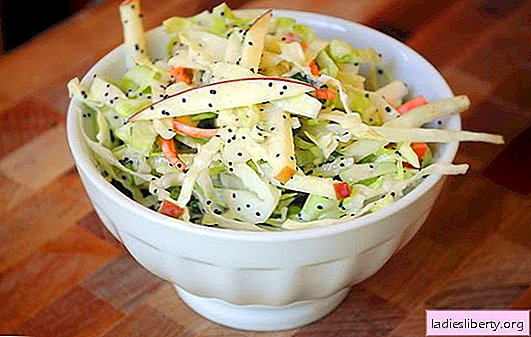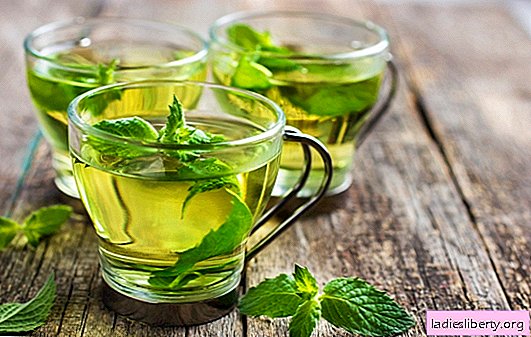
"Bird cherry blossomed in the police kindergarten" - with these words begins one motive, which symbolizes the celebrity of the tree among the people. We have known about the beneficial properties of bird cherry since time immemorial, but let us first get to know it better.
While most of the trees of the genus plum come from the Far East, bird cherry is considered primordially Slavic. It grows up to 10-15 meters in height. It grows on acidic soils, in oak and birch forests at heights of up to 600 m above sea level. And despite the fact that bird cherry can be found in the wild, most of the trees in parks and gardens are planted by hand, these are cultivated varieties that are valued for their flowers. Flowers usually appear in May-June, gather up to 40 pieces in one brush and have a stunning look and almond flavor.
After pollination by various insects, they turn into a red fruit, the size of a pea, which ripens during the summer, eventually turning into dark purple-black. In the wild, they are a very important food source for birds and many small mammals. Rich in tannin, but, despite their bitter taste, eaten by birds. The pulp is digested, and the seeds remain and are carried by the same birds.
Some varieties of bird cherry are excellent honey plants. Spring flowers provide an early source of nectar and pollen for bees. Bird cherry honey is rich in iron, zinc, vitamins C, E, R.
Ripe fruits have a sweet, astringent taste. Actively used by humans as a treat. Compotes, jam, alcoholic drinks are made from them.
Medicinal properties of bird cherry
In the past, bird cherry was used to treat both kidneys and gallstones, and when dissolved with wine, it was used to treat cough. Also, bird cherry was used as an eye wash for conjunctivitis, and also for the treatment of tonsillitis, bronchitis, anemia, colds and various inflammatory diseases. Bark was used to improve appetite. It seems that almost all parts of the tree have been used in the past to treat many different diseases.
· Tannins contained in berries have a strong astringent effect on the digestive system. The berry retains these properties in any form.
· Pectin stimulates the intestines, increasing efficiency. Beneficial substances are better absorbed, putrefactive bacteria die. Pectin also inhibits the absorption of cholesterol in the blood.
· Fruits and leaves contain organic acids (malic, citric), vitamin C, essential oil.
· Bitterness in the berry strengthens the walls of the stomach.
· Phytoncides cause strong bactericidal and anti-inflammatory properties. Juice of bird cherry can be used to treat fresh cuts, small purulent wounds. Promotes tissue regeneration, disinfects. Used for respiratory diseases. Cherries are sensitive to phytoncides and insects such as flies and mosquitoes.
· Potassium and vitamin P strengthen the capillary walls.
· Helps to eliminate toxins from the body, stimulates the immune system.
· Good urine and diaphoretic. Potassium has a beneficial effect on the kidneys. Fruits and a decoction of leaves are useful in this case.
· Leaves are able to relieve pain and swelling from bruises.
· Several berries can relieve toothache.
· Promotes the removal of salts of heavy metals from the human body.
· It is also believed that bird cherry has contraceptive properties.
· A popular potency enhancer.
Rich in organic acids, bird cherry is very useful for establishing the desired acid-base balance in the human body.
And also it has a good effect on the nervous system. Used as a sedative, helps to extinguish excessive emotionality, produces a tonic effect.
Bird cherry is effective in many diseases and even scares ticks with its smell. The fact is that the flowers and leaves of the plant secrete a huge amount of volatile products, volatile production, which destroy pathogenic microbes in the air and in the body. Flowers are the source of some essential oils and amygdalin - substances that in large quantities can cause poisoning. Be sure to bring a cherry bird bouquet to your home, put it in a beautiful vase - let the heady aroma “walk” around the apartment and destroy the harmful microbes. However, be careful yourself - phytoncides of flowers can also provoke dizziness or allergies.
Contraindications
Leaves and seeds contain hydrocyanic acid, which gives the fruit a very bitter taste, and although it is consumed raw and in small quantities, it is unlikely to cause any harm. Too much can cause respiratory failure, and in some cases even death, although when they are fully ripe, they taste sweeter, and if the seed is removed, then the berries are obviously safe to eat.
Also, because of amygdalin, the use of cherry berries and all parts of the plant in general is not recommended for pregnant women and those who want to become pregnant.
Harvesting bird cherry
Undoubtedly, you can take all parts of the plant for harvesting. The bark is harvested in spring, when the juices begin to move in the wood, but there are no flowers yet. At this time, the bark contains the most beneficial substances. When removing bark from a living tree, be careful not to take too much from one. The tree may suffer from this, as the bird cherry is susceptible to bacterial diseases. Flowers can be taken after their opening, and leaves at the peak of their growth - in May-June. Berries are naturally harvested after ripening, around August.
It is important to understand that only what was mined in ecologically clean places can be used as medicinal raw materials.
Flowers, wood are dried in the air, in a shaded place. Berries are dried only fresh. A fruit dryer is perfect, but you can get by with an oven (50 ° C).
Shelf life of berries and bark - 5 years, flowers and leaves - 1 year in a dry place.
Other properties and uses of bird cherry
The bird cherry wood is a light brown-red color, well polished and used to make small items such as wooden boxes and tool handles.
Berries can be used to make jam, and at one time they were used to flavor some alcoholic beverages. Fill the bottle with berries and sugar, add brandy and leave for several months (what happens, first try, only then use in large quantities).
The bark gives a reddish-brown dye and is used to color fishing nets. Green leaves are obtained from the leaves, dark gray or red-brown from the fruits.
Leaves are toxic to all livestock, particularly goats. There is a very unpleasant odor from the bark, it is believed that the placement of bird cherry in barns and other outbuildings can help from rodents.
Obviously, bird cherry is another living source of health. Leaves, wood contain many useful substances for humans, and especially berries. They are powerful antioxidants, which makes them an indispensable raw material for humans. However, it should be remembered that in large quantities, any medicine, especially universal, becomes a strong poison.

